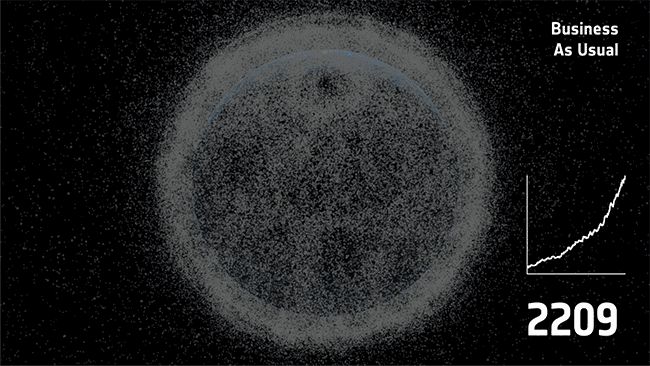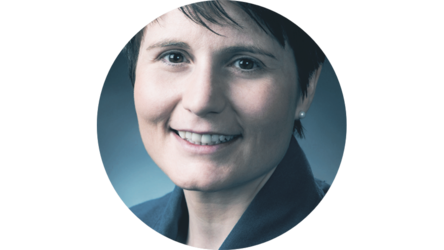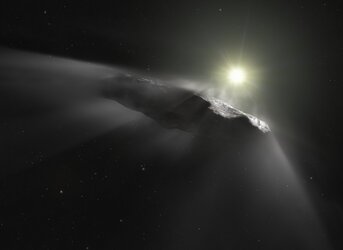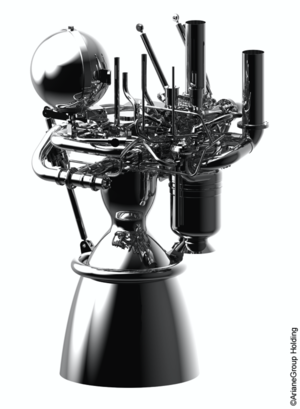ESA is looking for novel ways of monitoring space debris
As the number of satellites in low Earth orbit (LEO) increases exponentially, so does the debris, with potentially catastrophic consequences for both existing spacecraft and future launches. ESA Discovery&Preparation is funding a new feasibility study to look for solutions on how to monitor space debris to improve the Space Situational Awareness (SSA) using passive multistatic radar techniques.
All companies, universities, and research institutions interested are encouraged to join the online briefing session on 23 July, 10:30 – 11:30 CEST. The Open Invitation to Tender is available here (log in to esa-star is required). Register here for the online briefing session.
The development of new mega-constellations operating in LEO (altitudes below 2000 km above Earth) could offer the unique opportunity to build a debris monitoring service to improve space situational awareness. ESA is looking into how these future constellations, mainly designed to provide communications and/or positioning, navigation and timing (PNT) services, could integrate a passive multistatic radar (PMR) service for debris monitoring.

“Exploring this idea and running a feasibility study is particularly relevant now as we are preparing to launch a new European PNT programme. We would like to see if we are able to add an ad-hoc service able to monitor space debris. Thus, we would be aware of how many debris objects are in space and what are their orbits. This would help us manage the debris and avoid the Kessler syndrome, a scenario in which access to space becomes difficult or even impossible due to the amount of debris around our planet”, says Gerarda De Pasquale, Radio Navigation Engineer working at ESA/ESTEC for HE Space Operations. “The core idea is trying to find a solution to monitor the debris and find a way to automate it, having a direct link with the space situational network. We are also aware that with a new constellation we are adding more objects into the most populated orbit and would like to get more outputs out of them”, she adds.
“There are some studies about the potential use of a G-PMR, but the topic was never researched in-depth. We are proposing two different solutions for study, one involving a ground-based processing facility and the second one using a satellite in LEO to process the data in-orbit. We are trying to understand if any of these options are feasible or not, because it is a really important and urgent problem that we need to address. If feasible, we plan to launch a full study on how to create the service in cooperation with the LEO PNT team”, says Gerarda.

The study is funded under Discovery element of ESA’s Basic Activities, which sources ideas for new activities from industry, academia and the general public. The initial idea for this call was published on the Open Discovery Ideas Channel on ESA’s Open Space Innovation Platform (OSIP).















 Germany
Germany
 Austria
Austria
 Belgium
Belgium
 Denmark
Denmark
 Spain
Spain
 Estonia
Estonia
 Finland
Finland
 France
France
 Greece
Greece
 Hungary
Hungary
 Ireland
Ireland
 Italy
Italy
 Luxembourg
Luxembourg
 Norway
Norway
 The Netherlands
The Netherlands
 Poland
Poland
 Portugal
Portugal
 Czechia
Czechia
 Romania
Romania
 United Kingdom
United Kingdom
 Slovenia
Slovenia
 Sweden
Sweden
 Switzerland
Switzerland

























